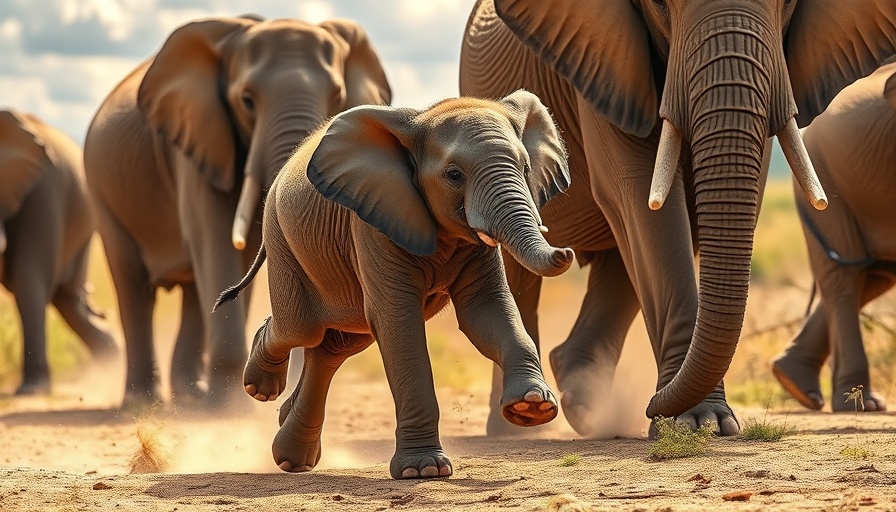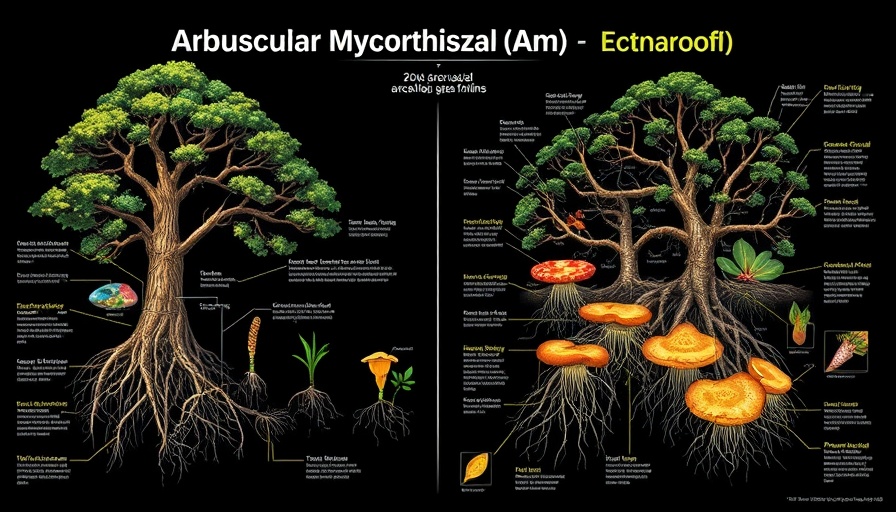
California's Wildfires: A Consequence of Climate Change
The raging wildfires that engulfed parts of Los Angeles in January 2025 painted a glaring picture of our climate crisis. A new rapid study by World Weather Attribution pinpoints climate change as a critical factor in both the emergence and scale of these destructive fires. Researchers indicate that the conditions leading to the fires were made approximately 35% more likely due to human-caused climate change. This study ignites a pivotal conversation on the role that rising temperatures and altered weather patterns play in exacerbating natural disasters.
The Climate Conditions That Fuel Fires
This recent report delves deep into the conditions fueling the blazes. The lack of rainfall and dry vegetation acted as perfect tinder, transforming Los Angeles into a hotbed for wildfires. Notably, the study identifies that low rainfall occurrences were raised 2.4 times more likely due to climate change. Theo Keeping, a wildfire researcher at the Leverhulme Centre for Wildfires in London, emphasizes, “With every fraction of a degree of warming, the chance of extremely dry, easier-to-burn conditions around the city of LA gets higher and higher.” This alarming statement underscores the urgency of our climate situation.
Understanding the Mechanisms Behind the Flames
Researchers employed various methodologies to uncover how climate change influenced these fires, utilizing weather data alongside sophisticated computer models. They compared pre-industrial climates to today's increasingly warmed environment and found significant shifts. The Fire Weather Index, which assesses hot, dry, and windy conditions driving wildfires, showed an increase in intensity. Such tools reveal the frightening reality: conditions that once appeared every 17 years now occur much more frequently, thanks to climate change.
The Role of Seasonal Factors in Wildfires
This year's wildfires opened a window into the broader implications for seasonal weather variability. While the fiercest blazes typically manifest during the dry summer months, the legendary Santa Ana winds intensified the situation this year, pushing flames rapidly across landscapes and sparking new fires. John Abatzoglou, a climatology professor at UC Merced, mentioned how unusual it is for fall rains to retreat during these critical months. In fact, 2024 experienced virtually no fall rains, straining the region's natural defenses against wildfires. The recent storms may represent a fleeting moment of relief, but they underscore the unpredictability of our changing climate.
Lessons Learned: The Call to Action
The devastating wildfires in Los Angeles remind us of the urgent need to address and mitigate climate change’s impact on our environment. They compel us to rethink our ecological responsibilities. As the findings reveal, human activity is tightly woven with nature's fate; every decision echoes in the environment. Understanding this interconnectedness not only prepares us for future events but implores us to act now—whether that's advocating for sustainable practices, supporting climate-positive policies, or simply engaging more with our local ecosystems. These wildfires are not isolated incidents but warnings of a more urgent crisis if we remain passive.
 Add Row
Add Row  Add
Add 



Write A Comment